
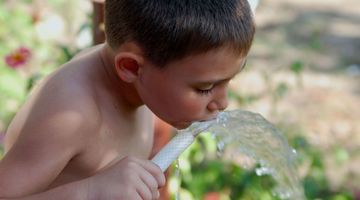
The factors that affect water quality include where the water comes from, what is in the environment in the collection area and how it is treated. Rights: Plamen Petrov, licensed through 123RF ...
READ MORE

As content developers for a science education website, we always operate with the nature of science hovering in the background. The Science Learning Hub was a pioneer in making the nature of ...
READ MORE

David Hamilton was the former Environment Bay of Plenty Chair in Lakes Management and Restoration at the University of Waikato. In his role, David studied 12 lakes in the Rotorua region to better ...
READ MORE

Environmental DNA (eDNA) has revolutionised how scientists monitor ecosystems and identify the species that live in them. eDNA is genetic material found in hair, scales, skin and even faeces ...
READ MORE
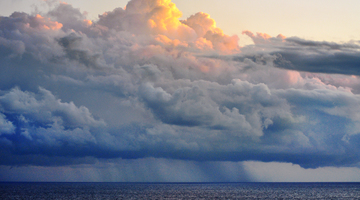
In this activity, students watch a short slide show presentation explaining what precipitation is and how clouds form. By the end of this activity, students should be able to: explain what ...
READ MORE
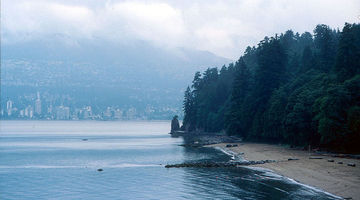
In this activity, students construct models that resemble rain falling on a hillside to observe factors affecting soil erosion and ground stability. By the end of this activity, students should ...
READ MORE

Be part of a worldwide movement and use Global Earth Challenge to submit or classify photos to help our planet’s environment and human health. Global Earth Challenge is a citizen science campaign ...
READ MORE
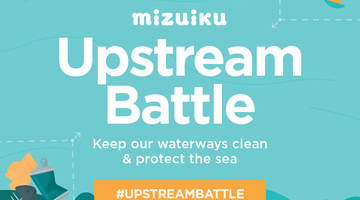
Did you know that 80% of marine litter globally starts life on land? Mizuiku Upstream Battle is a citizen science programme run by Keep New Zealand Beautiful. It aims to get volunteers across ...
READ MORE

Globe at Night is an international citizen science campaign to raise public awareness of the impact of light pollution by inviting citizen scientists to measure and submit their night sky ...
READ MORE
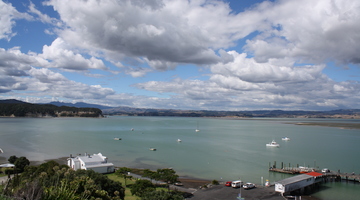
With 75% of New Zealanders living within 10 km of the coast, many students will be familiar with estuaries. In scientific terms, estuaries are the interface between the land and the sea – the ...
READ MORE

In this recorded professional learning session, Greta Dromgool and guest Alex Daniel from the Waikato Regional Council take a hands-on look at fresh water monitoring. Exploring our urban and ...
READ MORE

Lakes380 – Our lakes’ health: past, present, future is the largest scientific study ever undertaken on lakes in Aotearoa New Zealand. The programme, jointly led by GNS Science and Cawthron ...
READ MORE
ESR scientist Dr Chris Nokes discusses the effect sediment can have on microorganisms in the water. It is possible that microorganisms survive longer in sediment than they do in water, and when ...
READ MORE
ESR scientist Dr Chris Nokes describes why it is important that we manage our water resource so that disease-causing organisms are eliminated from our drinking and recreational water. In New ...
READ MORE
ESR scientist Dr Chris Nokes describes how adding a flocculant coagulant to muddy water causes the mud particles to group together to form larger heavier clumps that can then be filtered or ...
READ MORE

An interactive showing the lower Waikato River. Use the zoom-in feature to find some cultural and geographical connections to the river. Listen to iwi talking about what the river means to them ...
READ MORE
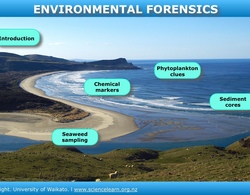
Dr Candida Savage explains the clues she collects in estuaries and fiords, to understand how changes in land use affect these environments. Click on the labels to watch the videos for more ...
READ MORE
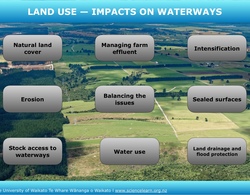
Discover some of the issues involving land use and water quality. Click on the labels for more information. Select here to view the full transcript and copyright information.
READ MORE